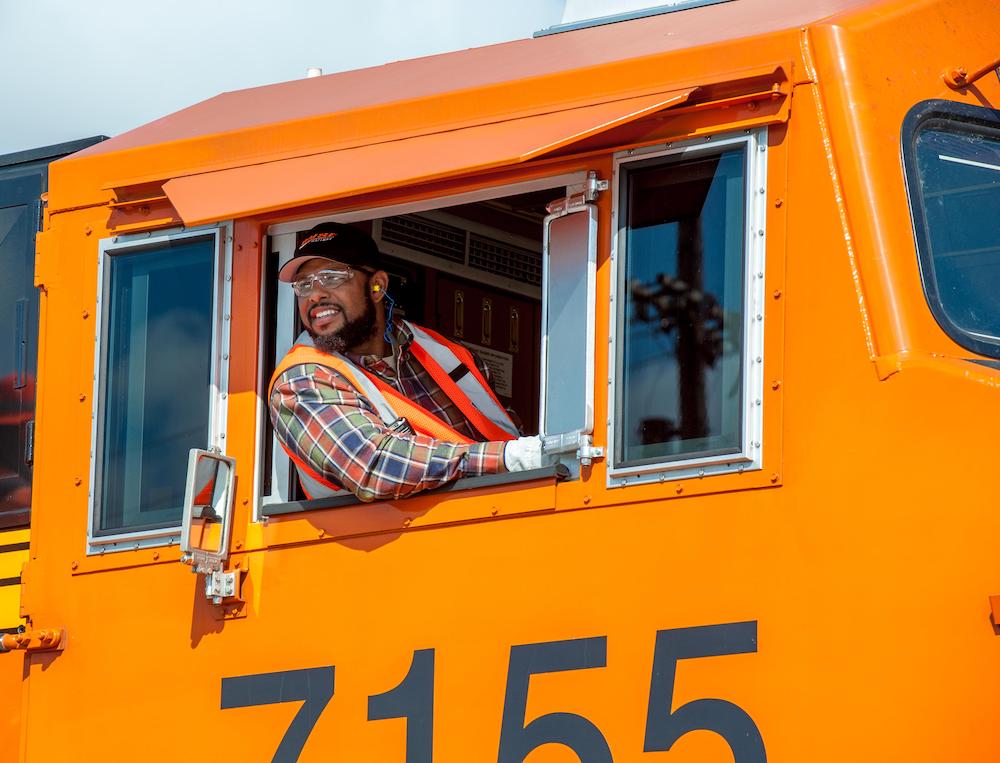
Many of us have had that moment in our lives when we dream of becoming a locomotive engineer. It’s a fascinating career, but what does it take to get there in today’s high-demand world of modern railroading?
The First Step: Getting Your Foot in the Door
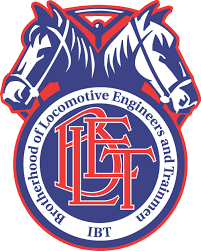
“We get a lot of inquiries from people wanting to become engineers,” says John Bentley, director of public relations for the Brotherhood of Locomotive Engineers and Trainmen. “They ask, ‘How do we get a job on the railroad?’”
Founded in 1863, the BLET is North America’s oldest rail labor union. It represents locomotive engineers for all of the U.S. railroads with 32,000 members. While recruitment isn’t the organization’s primary focus, officials do advise starting with entry-level positions and on-the-job training programs. For Gary Best, BLET first vice president and third-generation railroader, that became step number one.
“I hired out with CSX Transportation in 1993 up in Danville, Ill., as a brakeman,” he recalls. “I stayed there for about 10 months and started applying for locomotive engineer training back where I’m from in South Carolina.”

As an engineer for Amtrak along the Keystone Corridor in Pennsylvania and a member of the BLET, Mike Huhn followed a similar path when he realized the traditional four-year college experience wasn’t for him. In 2011, he was hired as a conductor for Norfolk Southern Corp., rising through the ranks to become an engineer in 2016.
For those who want to pursue a demanding career in the railroad industry, Huhn recommends challenging yourself with a variety of curriculums and activities that could provide valuable experience. “Having attained Eagle Scout was a good way to learn good life lessons on how to manage things in your life,” he says. “That’s one thing I learned very quickly on the railroad was it’s a delicate balance to manage your rest and time.
“I’m also a big proponent of trade schools. Get yourself some experience doing any big trade, either in construction, mechanical, electrical, engineering, or even just getting a Commercial Driver License. One of the advantages in the railroad industry is having some kind of experience with heavy machinery.”
Stacking Up the Miles: From Conductor to Engineer
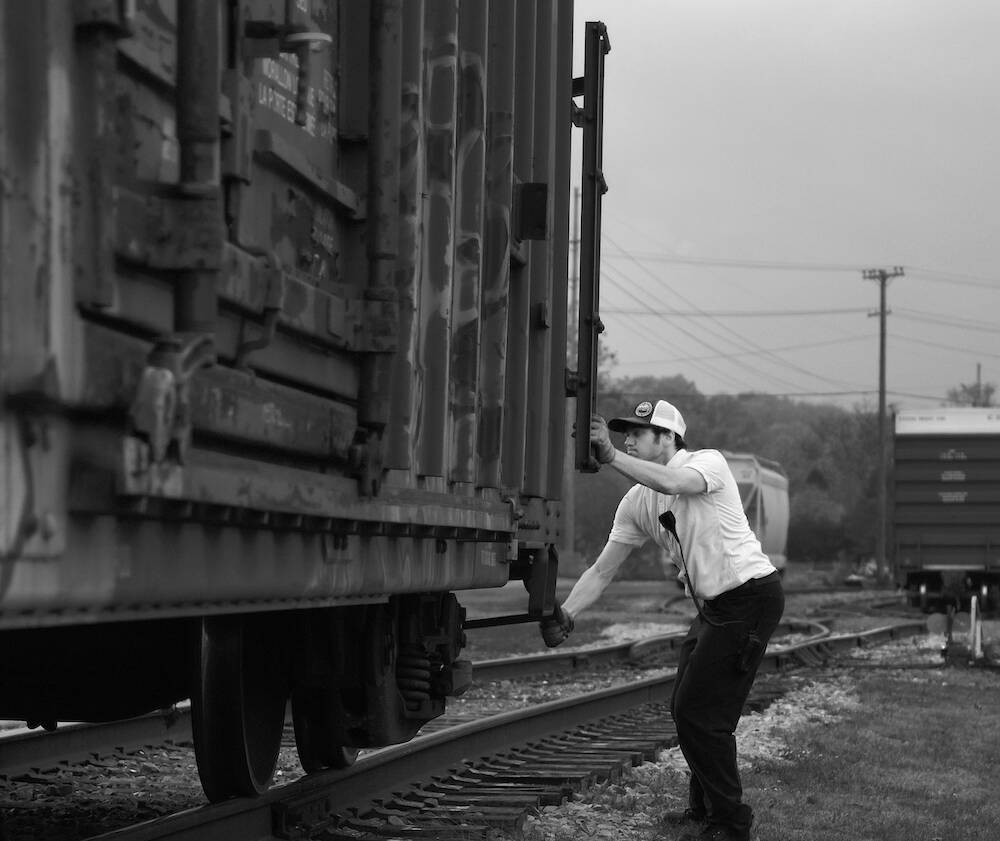
But don’t expect an immediate seat in the cab’s right hand. “Years of experience as a conductor are typically required…and to work as a conductor, candidates must undergo training that can last months, with a mix of intensive classroom, real-world training and ongoing exams,” according to the Association of American Railroads’ website.
“NS has a little yard at the training center [in Atlanta] where they’ll teach you how to do hand signals while hanging on to a makeshift boxcar ladder, uncouple and couple cars, handle air hoses, change a knuckle, and put on an end-of-train device,” Huhn adds. “[Amtrak and the Class I railroads] will not short-change you in terms of your training.”
Several years of experience and seniority as a conductor are required to be an engineer trainee. Once selected, you can expect another round of classroom learning, virtual training, in-the-field and on-the-job training, and exams. Certain aspects of the process have changed over the years, with extended training periods that have a heavy emphasis on virtual simulations. But to both Best and Huhn, the intense and rigorous environment remains the same.
“You have to learn the mechanics of a locomotive, the operating rules of the railroad you’re working for, and the FRA regulations to get certified as a locomotive engineer,” said Best. “So that was pretty extensive training that was kind of scary, to be honest.”
“Previously working out of Harrisburg, there’s a lot of railroad to get qualified,” said Huhn. “There’s the Harrisburg east side which you would go as far as Hagerstown, M.D., then you also had the Port Road side towards Baltimore. As an engineer, you did both sides, and that took more time to train on. I believe it was an eight-month process from the time I came back from Atlanta [for class and simulation training] to the time I was fully certified. It was a little intimidating because you had all these miles of railroad to know in your sleep.”
Even after being certified, an engineer’s training and learning cycle never end. They need to keep up on technological advancements while ensuring their skills and abilities remain sharp.
“We have Positive Train Control … and then we have what is called a trip optimizer and it’s basically an autopilot…So our skills can get diminished immediately upon marking up,” said Best. “But every train is different. As an engineer, we always say that we can feel the train by the seat of our pants. Sitting there running the train, I can feel slack action or if it’s running pretty smooth where a computer cannot feel that.”
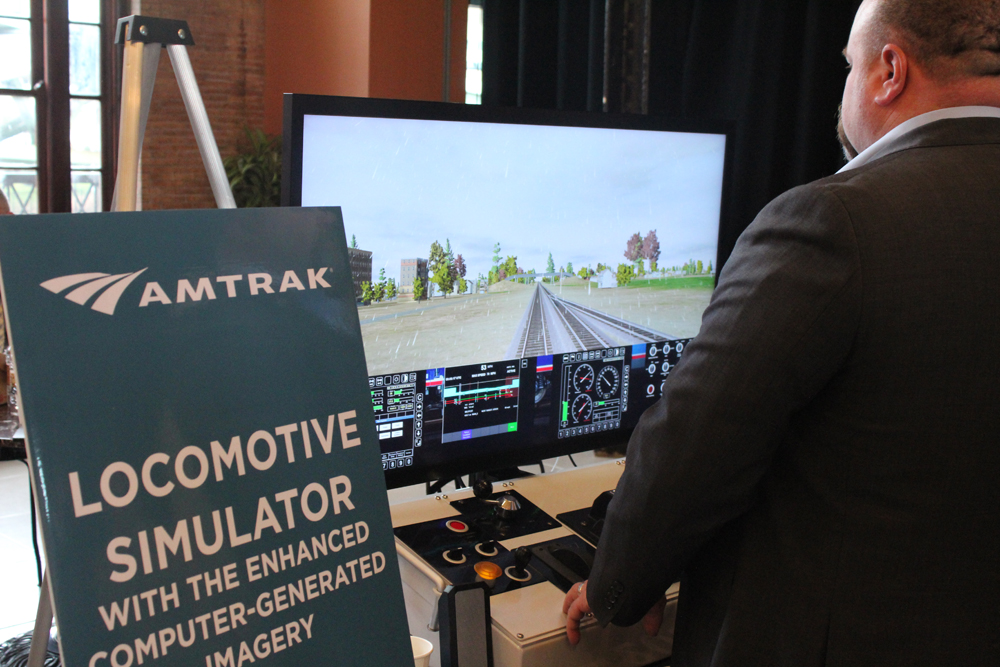
Huhn transitioned to the passenger side of the business in 2019 when he joined Amtrak. He came to the quick realization that his new role meant he’s responsible for many, many lives.
“It just felt like I was starting from scratch. Yes, I had experience running trains before on freight, but I wanted to go into it with a fresh mindset. Amtrak is a little different as they now require you to be qualified on the physical characteristics before you can start running.
“I would still highly recommend starting out with freight service just to get your feet wet. But if there’s somebody out there that’s successful with going straight into the passenger business, it’s not impossible.”
A Word of Advice: Networking and Persistence
“It’s a dangerous job that’s not for the faint of heart,” warns Best. But if one dreams of becoming a locomotive engineer, the sky is the limit. One common advice both Best and Huhn stress is the value of networking.
“It’s hard to replace experience,” said Best. “If you’re on a train with an experienced conductor or engineer, you’re focused on what they’re trying to teach you and retain it. That is stuff you take for the rest of your career.”
“Observe what the engineer is doing and ask questions,” said Huhn. “I could not be a bigger proponent of networking because I’ve met so many great people over the years that have given me sound advice.”
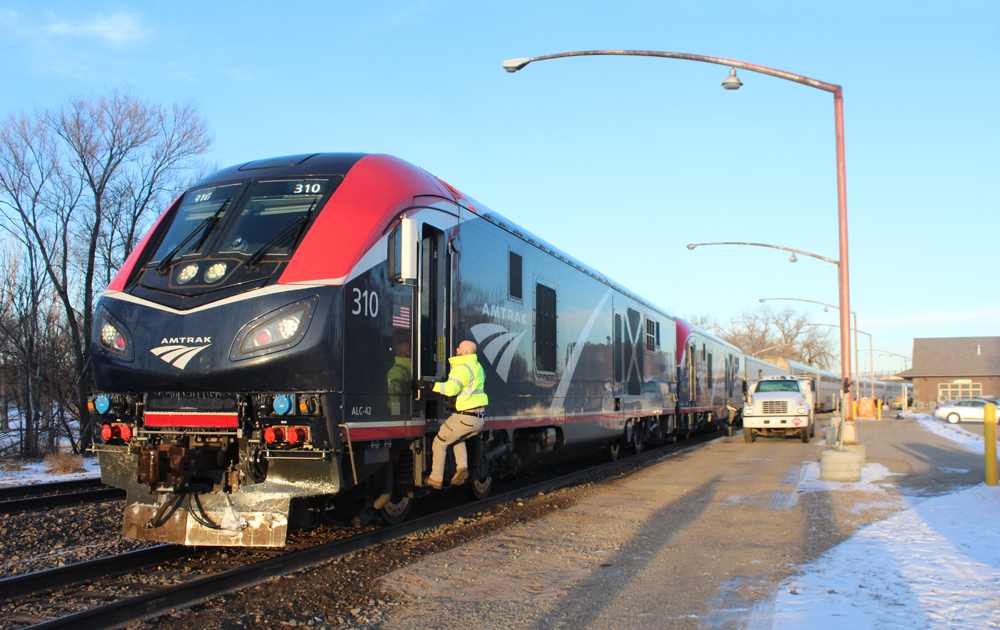






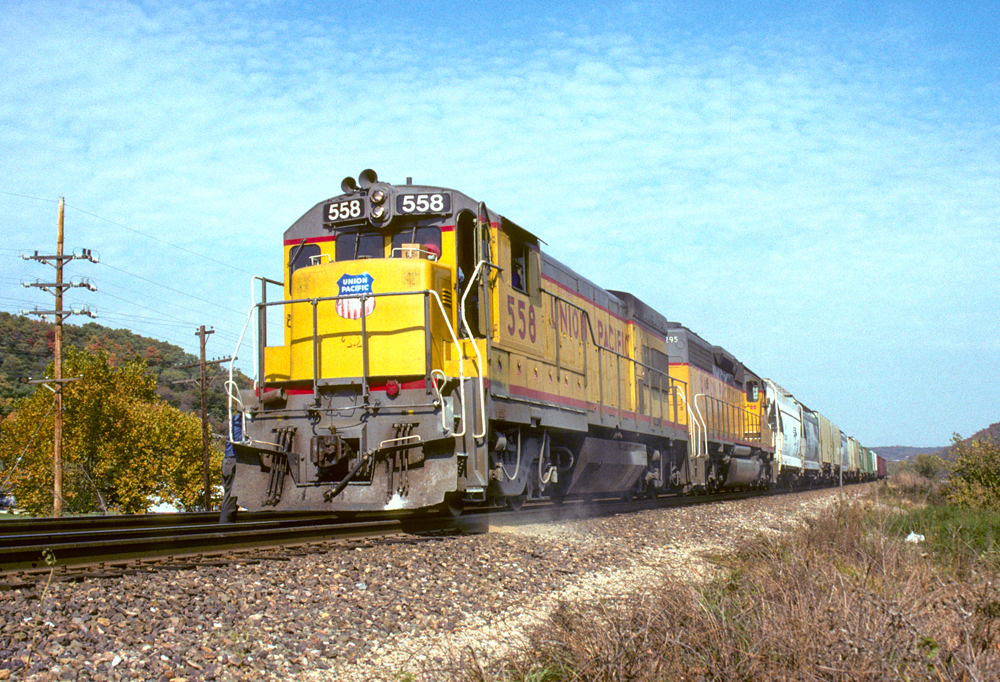
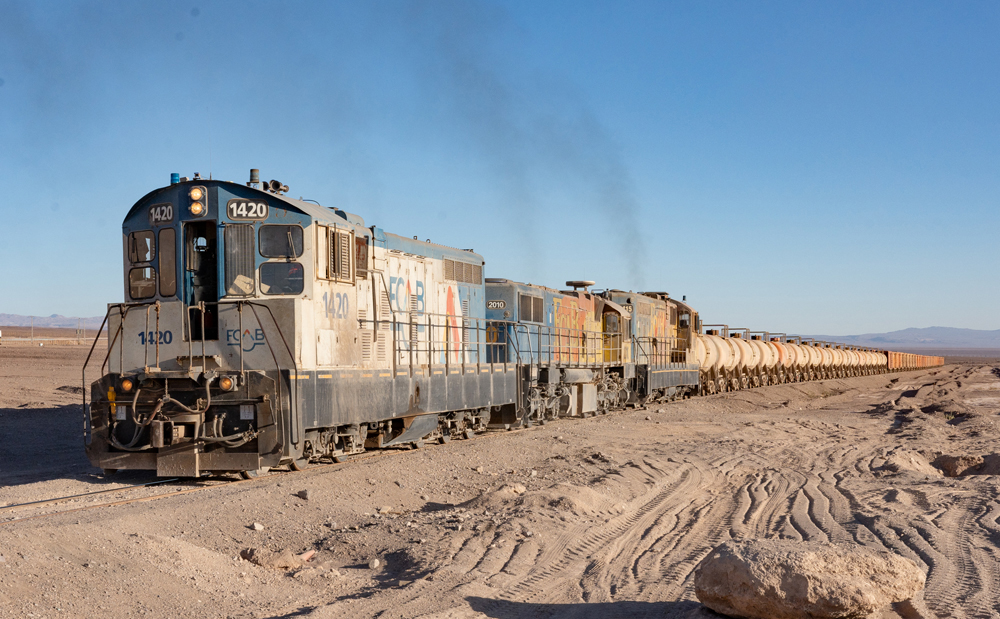

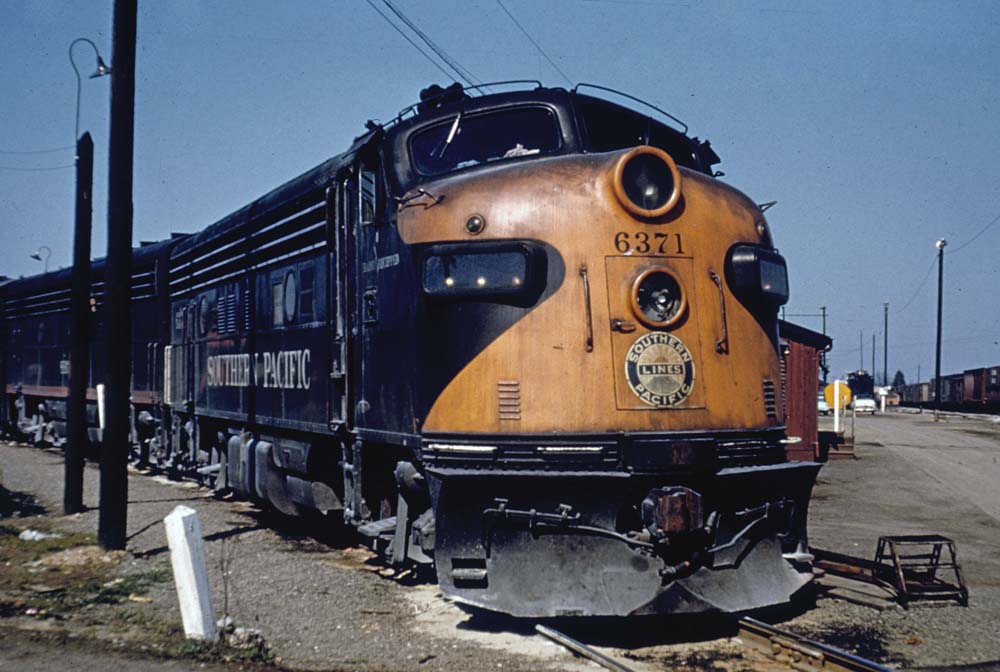

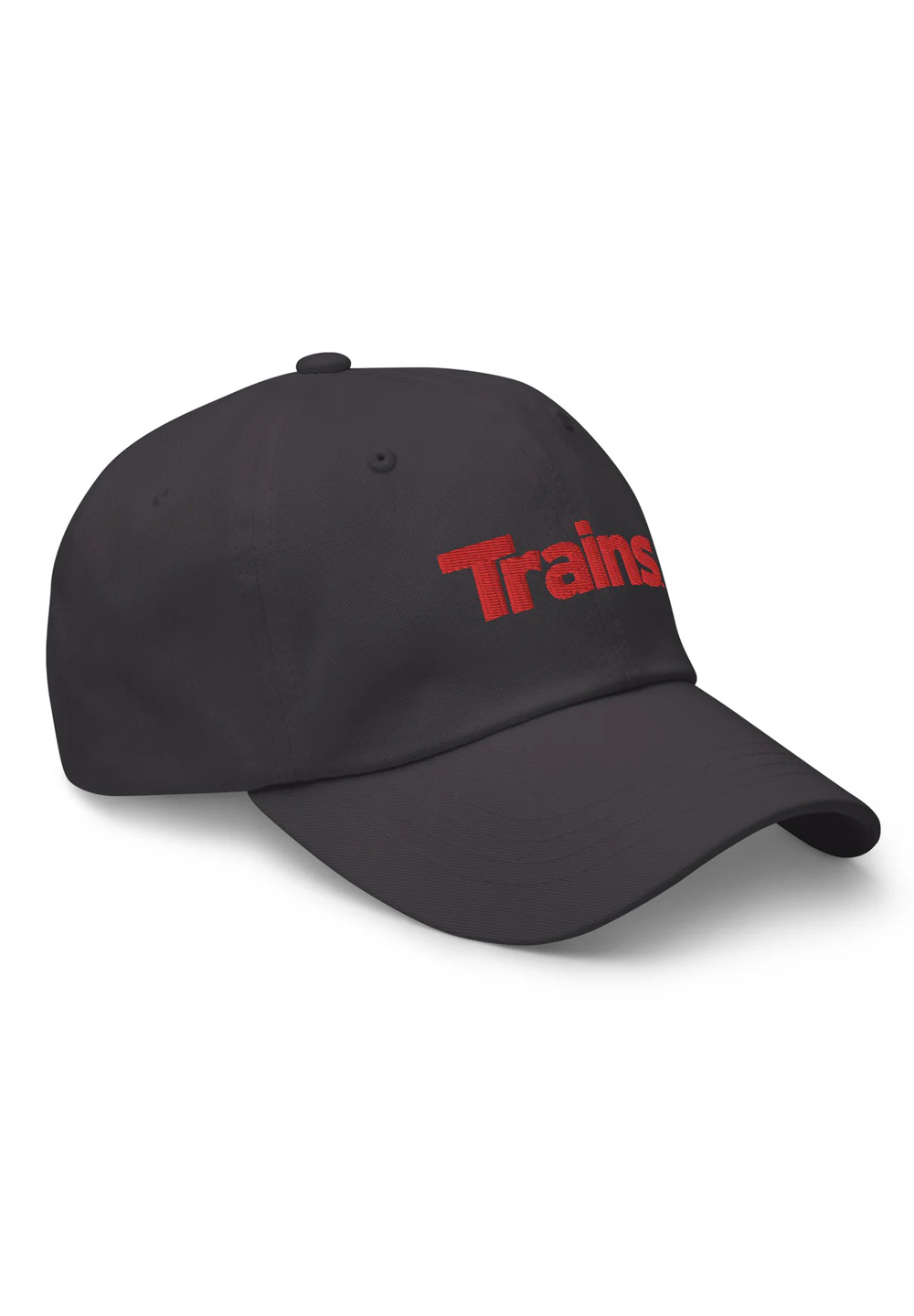
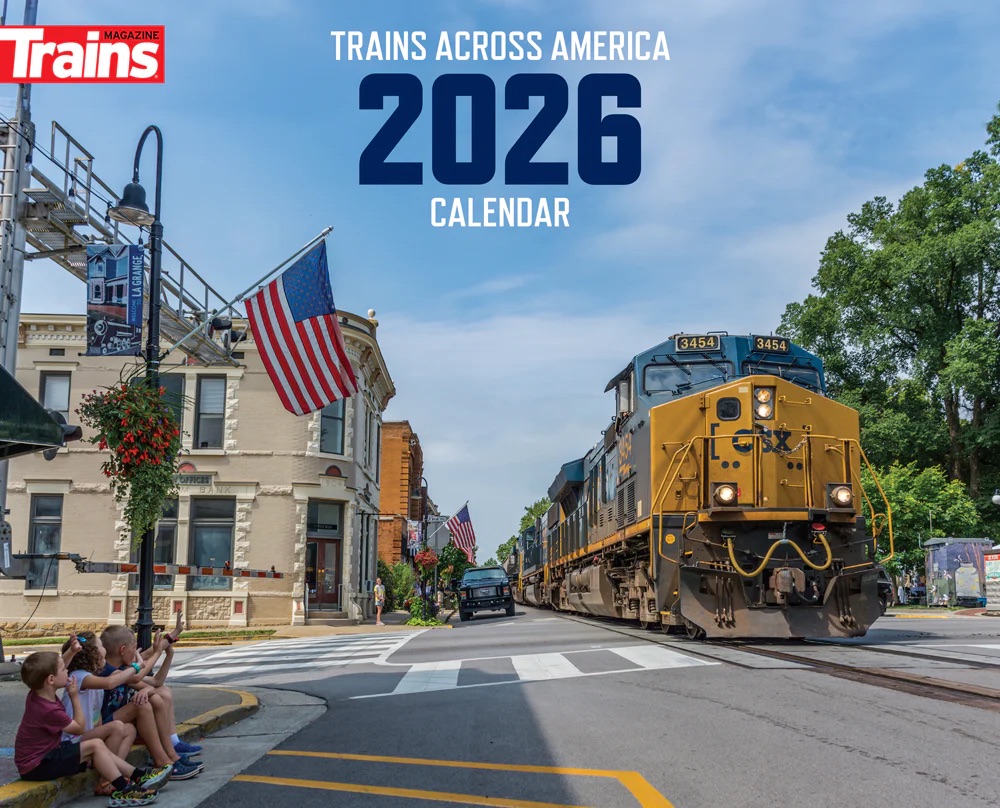
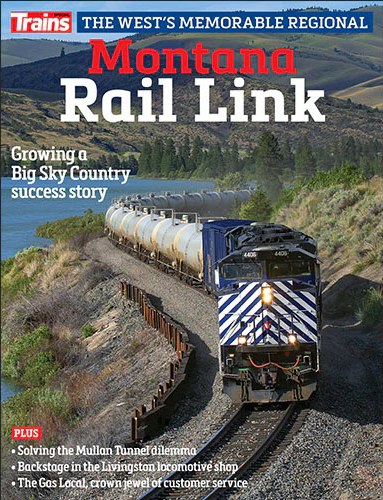
Kevin. An engineer has no option as to whether to use trip optimizer or not. Don’t follow its prompts is inviting discipline. None dare turn it off without proper authority. And I’ve heard some discussions on the radio where the local road foreman is requesting permission to run without it because of certain issues and it was denied.
I hear more and more about the trip optimizer. My son is a commercial pilot, and from what I understand, even though autopilot can completely fly and even land a plane, aircrew can and will often choose to fly it themselves to keep their skills sharp. Is this true for engineers as well?
As an aside to Mike Huhn, as a Scouter myself, I’m proud to hear he achieved his Eagle rank, and feels like he’s living his best life now. And he’s obviously more than qualified to be a Railroading Merit Badge counselor. When I got that badge all so many years ago, my counselor was a Jersey Central conductor and a friend of my daily-commuter Scoutmaster.
One comment I had during my interview process with the rr company’s regional master mechanic is still etched in my memory. Before embarking on a career as an engineer.
He said that all the training I was about to take part in was absolutely necessary. But that one element probably counted for 80% of our job. Knowing exactly where you are at any given time (!)
Personally I couldn’t agree more with that assessment.
You forgot the most important part. You must be prepared for furloughs and bad working schedules.